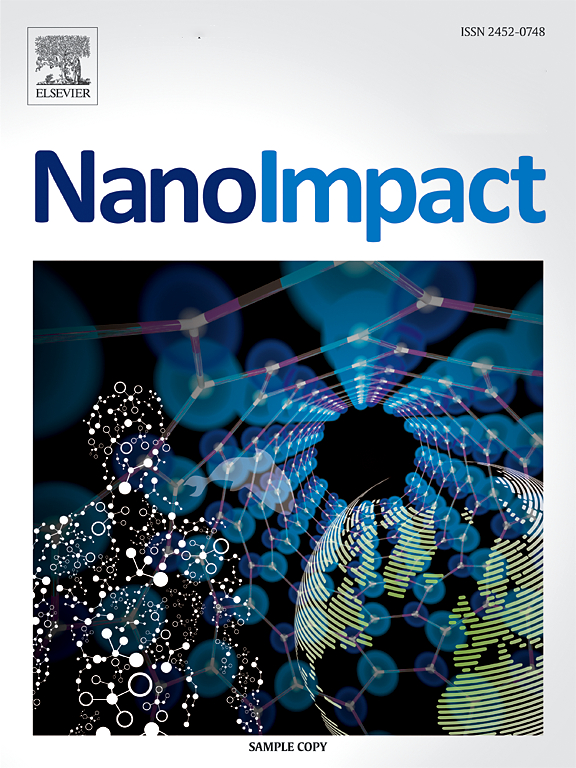Impact of polystyrene nanoplastics on physiology, nutrient uptake, and root system architecture of aeroponically grown citrus plants
IF 4.7
3区 环境科学与生态学
Q2 ENVIRONMENTAL SCIENCES
引用次数: 0
Abstract
The widespread presence of plastic pollution has become a challenge for both aquatic and terrestrial plants. Notably, nanoplastics (NPs) have been found to enter the root tissues and translocate to different organs of plants; however, most previous studies were performed using crop or vegetable seedlings, and the extent NPs accumulation in fruit tree plants, particularly citrus, and their impacts remains unclear. This study was designed to fill this gap by determining the uptake and accumulation of green, fluorescent polystyrene nanoplastics (PS-NPs) of two different sizes (20 nm and 50 nm in diameter) in citrus rootstock (‘US-942’) in an aeroponic system and their impact on plant growth and physiological functions, nutrient uptake, and root system architectural and anatomical traits. The 20 nm PS-NPs negatively impacted the root system architecture (total root length, root surface area, number of root forks) and nutrient contents (N, P, K, Mg, S, B, Fe, Cu, Mn) at both 15 and 30 days after treatment; however, no significant differences were recorded for growth and physiological parameters. Microscopic analysis of roots revealed that under both the PS-NPs treatments, root apoplastic barriers were fully developed near the root tips. Furthermore, PS-NPs are predominantly adhered to the root surface, and no signs of uptake and translocation were recorded in root sections. However, alterations to the external root cell layers were observed. This research sheds light on the impact of PS-NPs on plant roots and their physiology and contributes to a better understanding of these emerging pollutants on tree crop horticulture.

聚苯乙烯纳米塑料对气培柑橘植株生理、养分吸收和根系结构的影响。
塑料污染的广泛存在对水生和陆生植物都是一个挑战。值得注意的是,纳米塑料(NPs)已被发现进入植物的根组织并转运到不同的器官;然而,之前的大多数研究都是在作物或蔬菜幼苗上进行的,NPs在果树植物,特别是柑橘中的积累程度及其影响尚不清楚。本研究旨在通过测定两种不同尺寸(直径20 nm和50 nm)的绿色荧光聚苯乙烯纳米塑料(PS-NPs)在柑橘砧木(US-942)气培系统中的吸收和积累,以及它们对植物生长和生理功能、营养吸收、根系结构和解剖性状的影响来填补这一空白。在处理后15和30 d, 20 nm PS-NPs对根系构型(总根长、根表面积、根分叉数)和养分含量(N、P、K、Mg、S、B、Fe、Cu、Mn)均有负面影响;然而,在生长和生理参数方面没有显著差异。根系显微分析表明,在PS-NPs处理下,根尖附近的根外胞质屏障完全发育。此外,PS-NPs主要粘附在根表面,在根剖面中没有记录到吸收和转运的迹象。然而,观察到外根细胞层的变化。本研究揭示了PS-NPs对植物根系及其生理的影响,有助于更好地了解这些新兴污染物对树木作物园艺的影响。
本文章由计算机程序翻译,如有差异,请以英文原文为准。
求助全文
约1分钟内获得全文
求助全文
来源期刊

NanoImpact
Social Sciences-Safety Research
CiteScore
11.00
自引率
6.10%
发文量
69
审稿时长
23 days
期刊介绍:
NanoImpact is a multidisciplinary journal that focuses on nanosafety research and areas related to the impacts of manufactured nanomaterials on human and environmental systems and the behavior of nanomaterials in these systems.
 求助内容:
求助内容: 应助结果提醒方式:
应助结果提醒方式:


